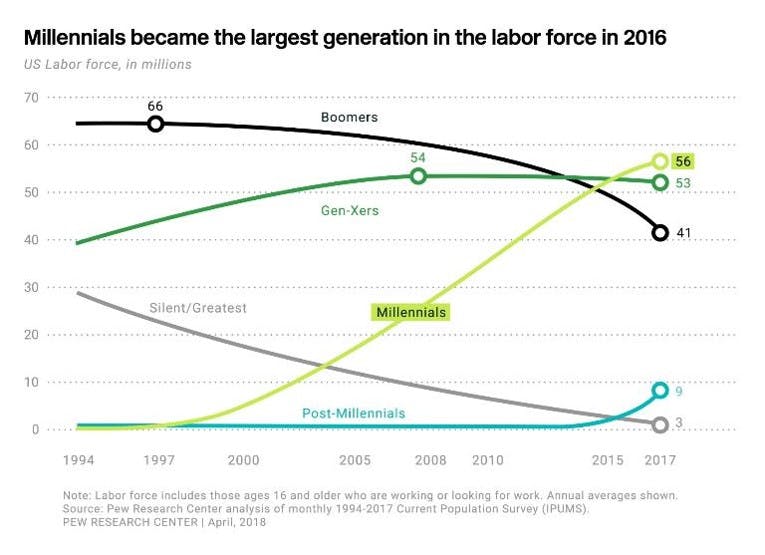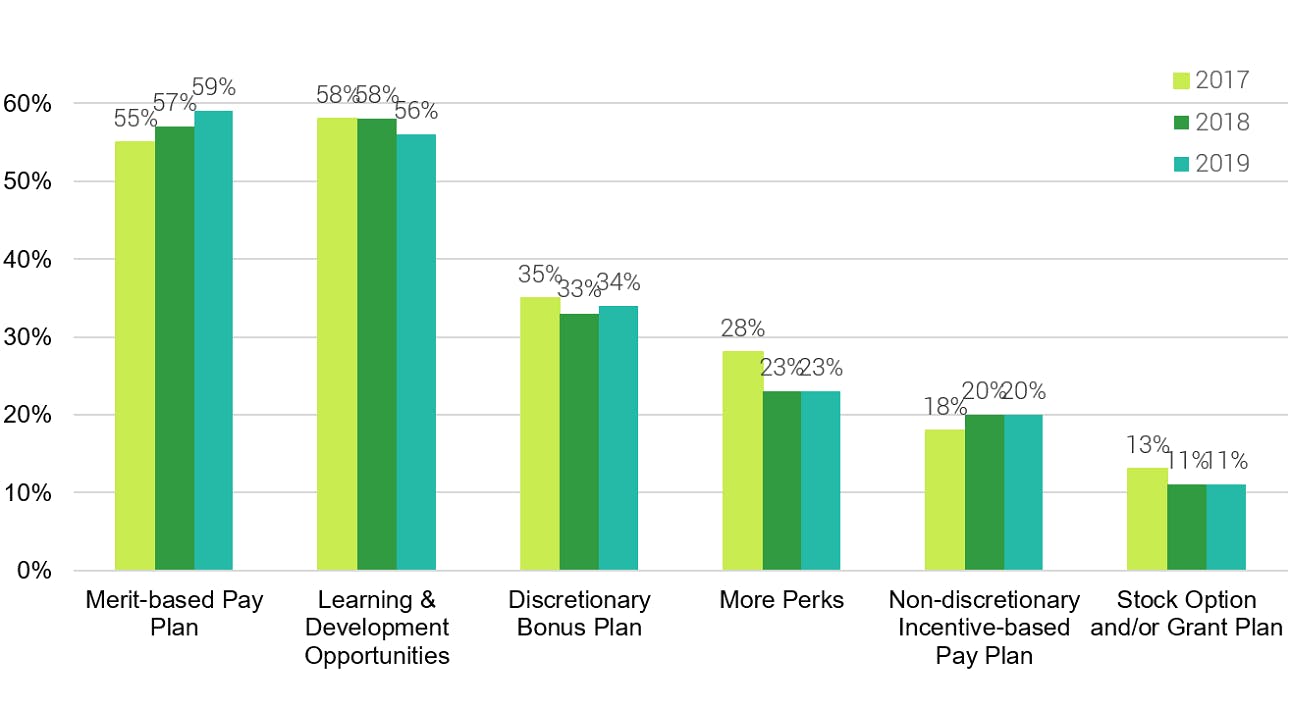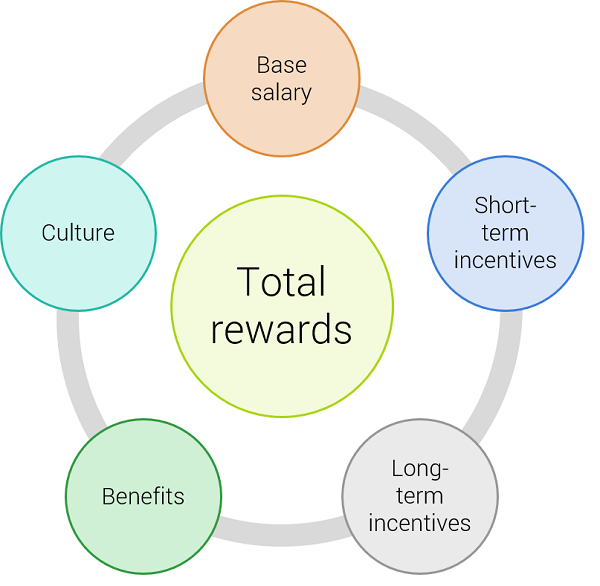
Webinar
Retain top talent: strategies for hotel owners and management
In this on-demand webinar hosted in collaboration with the American Hotel and Lodging Association (AHLA), owners and managers will learn how to develop a strong talent strategy for the post-pandemic world. Attendees will learn:
- Employee recognition strategies and tips
- How to achieve a sought after work-life balance for staff
- Enhanced benefit options, such as extended or added PTO or leave
With 70% of hotel employees laid off or furloughed due to COVID-19, it is more important than ever for hotel owners to retain their top-performing employees. When the market recovers, hotel businesses will find it challenging and expensive to recruit the skilled talent they need. Therefore, now is the right time for owners and management to implement a strong retention strategy that sets a foundation for the future.
The current state of the hospitality industry is not pretty. COVID-19 has ravaged every aspect of the industry, including a massive impact on hotels from coast to coast. Before we get into Baker Tilly’s solutions for hotel owners and management, let’s take a quick look at where we stand today:
- Development has slowed or stopped completely: Banks are limiting their risks at the moment, which includes avoiding lending to higher risk classes, such as lodging.
- Employee cutbacks: Due to limited travel and canceled events, the industry has experienced massive layoffs to save cash and pay fixed cost.
- Cross-training of staff: High-level positions and back-office personnel are forced to work on the front lines, including at reservation desks and in restaurants. They are exhausted, overworked and stressed.
- Key people leaving for more secure industries: The current state of the industry and the uncertainty surrounding the next few years have led to employees seeking more secure positions elsewhere.
- Employees don’t want to come back: Some hotel professionals are not coming back due to significant unemployment benefits or not feeling safe working on the front line.
- Additional costs and time for personal protection equipment: Trying to keep your hotel employees safe has resulted in a heavy burden in terms of costs and time.
From a staffing standpoint, COVID-19 has added an additional layer to the pre-existing challenges of finding and retaining key employees. Every industry is facing its challenges right now, but if hotel owners do not have a strategy when it comes to recruitment and retention, they are facing a deeper hole to climb out of than owners who are prepared in this critical area.
For the purpose of this discussion, we have divided our keys to employee retention into five primary categories:
- Understanding employee turnover: Why are people leaving?
- Benefits beyond salary: It’s not as simple as “We’ll pay people more.”
- Workplace culture and engagement: Employee safety has become a huge part of corporate culture.
- Employee development: People want to know if this is a job or a career.
- Retention-focused compensation: There are many forms of compensation and bonuses that entice people to stay.
Understanding employee turnover
It is critical to understand why employees leave – and there are many tools you can employ to fully grasp why staff members are heading elsewhere.
The easiest way to obtain this information is through exit interviews. Accurate data is very powerful and, with exit interviews, you can begin looking for trends. Are the same reasons for employees leaving popping up over and over? Are certain departments or groups within your company producing higher-than-expected turnover rates and, if so, are you hearing the same reasons in their exit interviews?

Employee satisfaction surveys also should be conducted regularly – once a year, if possible – to help measure results year-over-year and to initiate key conversations and initiatives. You want this key data, and your staff wants answers to their issues. Satisfaction surveys can satisfy both desires.
“Stay” interviews are another form of this concept, although these interviews often target a company’s most valued employees. Why do they stay? What keeps them here? Why did they come here in the first place, and why did they decide to build a career here? That message can be extracted and relayed to impact other employees too.

Benefits beyond salary
“Total rewards” is a buzzword that you may have heard. Total rewards are the policies, programs and practices that provide employees with something of value in return for their contributions to the business objectives and goals of the organizations. Naturally, your company’s total rewards need to be aligned with your strategic goals and must be competitive within the marketplace – both your strategic marketplace and your geographic marketplace.
Your total rewards may include benefits such as flexible work schedules, telecommuting and a focus on employee career development. Whether or not you offer these perks, though, make sure that your reward offerings are relevant, timely and well-communicated. If nobody knows about the rewards, or if they are only communicated during the hiring process, then these rewards are likely going to waste.
Some additional benefits – or “total rewards” – that you may want to consider include:
- Providing debt relief through student loan repayment plans, signing bonuses and stipends
- Offering flexible scheduling
- Applying the personal touch
- Creating training partnerships
- Sponsoring apprenticeships
- Providing opportunities for career development
- Offering voluntary benefits, consumerism and advocacy
- Facilitating corporate citizenship

Workplace culture and engagement
Morale is a sensitive topic at the moment. We’re in the midst of a pandemic and there is significant fear of the virus and the unknown that the future presents. That said, you cannot give up in this area. You have to boost employee morale somehow, even if it means simply having an open forum for people to talk about issues that are on their mind. Keep in mind that with higher morale comes more productivity, increased performance, increased retention and reduced stress levels. When employees have a higher level of morale, everybody wins.
Part of workplace culture is understanding your workforce. For the first time in history, five generations are working side by side. Each of these generations has its own style when it comes to leadership, communication and career development. That does not mean you need to have different ways of handling the various generations that comprise your workforce. It just means you need to understand the specific needs of everyone at your company and the specific reasons why they stay, or why they leave.
You may want to ask the following questions related to workplace culture:
- What do our employees really need to be successful in their roles?
- How do we deliver in an authentic and consistent way?
- Are employees cross-trained in different functions?
- Do they have the opportunity to rotate through different departments?
- Are there opportunities for project lead appointments?
- Are there cross-functional committees?
- Are our employees truly engaged?
From an employee engagement standpoint, it is important to remember that typically only about one-third of a company’s employees are actively engaged on a day-to-day basis. The other two-thirds are those who are not engaged (“checked out”) and those who are actively disengaged. Now and always, we recommend focusing on the engaged employees – keep them engaged! – and the non-engaged employees, many of whom can become engaged if their voices are heard and if changes are made.
Employee development
It is important to view employee development as an investment in your staff. Theoretically, employee development should be another win-win area, where employees gain additional skills and grow as members of your team, which in turn benefits their department in particular and the company as a whole.
It is critical to understand the recent trends that the hospitality industry has seen from an employee retention standpoint. Two trends that are here to stay are:
- Outsourcing – Companies are trying to contend with a labor shortage. They are outsourcing marketing, HR, finance, etc. They prefer to spend time on their organization’s core responsibilities and, in recent years, more and more companies have started providing outsourced services in these key areas. Additionally, outsourcing allows companies to take advantage of the Internet – suddenly geography is no longer a hiring constraint – which also leads to cost savings and increased efficiency.
- Automation – Robotics and artificial intelligence are rapidly gaining in popularity as the cost of technology continues to decrease. In human resources, for example, automation is being used to go through massive stacks of applications and resumes and pick out the most qualified candidates for a position. Across many fields and many industries, this type of automation is changing the way we work – and it’s here to stay.
Retention-focused compensation
Last but not least, retention-focused compensation can be a terrific tool to maintain employee satisfaction. Compensation bonuses and perks are gaining in popularity as a way of enticing and retaining employees. Some examples of incentive compensation include:
- Commissions
- Retention/stay bonuses
- Hiring bonuses
- Market premium bonuses
- Individual bonuses
- Team bonuses
- Company-wide bonuses
- Referral bonuses
- Prizes/gifts
- Unlimited time off
- Additional time off (service community)
- Spot awards/recognition programs
- Profit sharing
- Long-term incentives
There are other types of retention-focused compensation, as well. One element to factor in when choosing options for your company is whether you want the compensation to come across to your employees as a bonus (something that they earned, or the company earned as a whole) or as a gift (something that serves as a “thank you” for their work over the past year). Additionally, effective compensation strategies should be:
- Differentiated
- Tailored to market demand
- Closely aligned with organizational needs and goals
- Designed with the lifecycle of the employee in mind
- Reviewed and tweaked regularly – labor pool is changing that quickly
- Incorporated formula-based award (vs. discretionary)
- Benchmarked against industry-related surveys
- Aligned with strategic plan
- Funded on net profitability to preserve operating equity
- Transparent and well communicated
The current state of the hotel industry may not be uplifting, but things should turn around in the near future. Remember that your competitors are likely facing the same issues that you are today. The difference, moving forward, will be which companies enjoy the smoothest bounce-back from COVID-19. And with that in mind, remember that retaining your top employees is one of the biggest keys of all.
For more information on this topic, or to learn how Baker Tilly specialists can help, contact our team.
